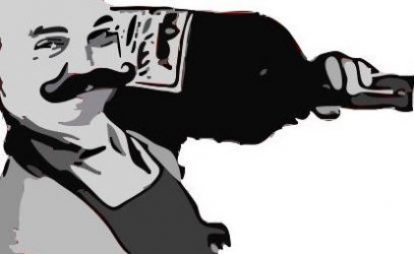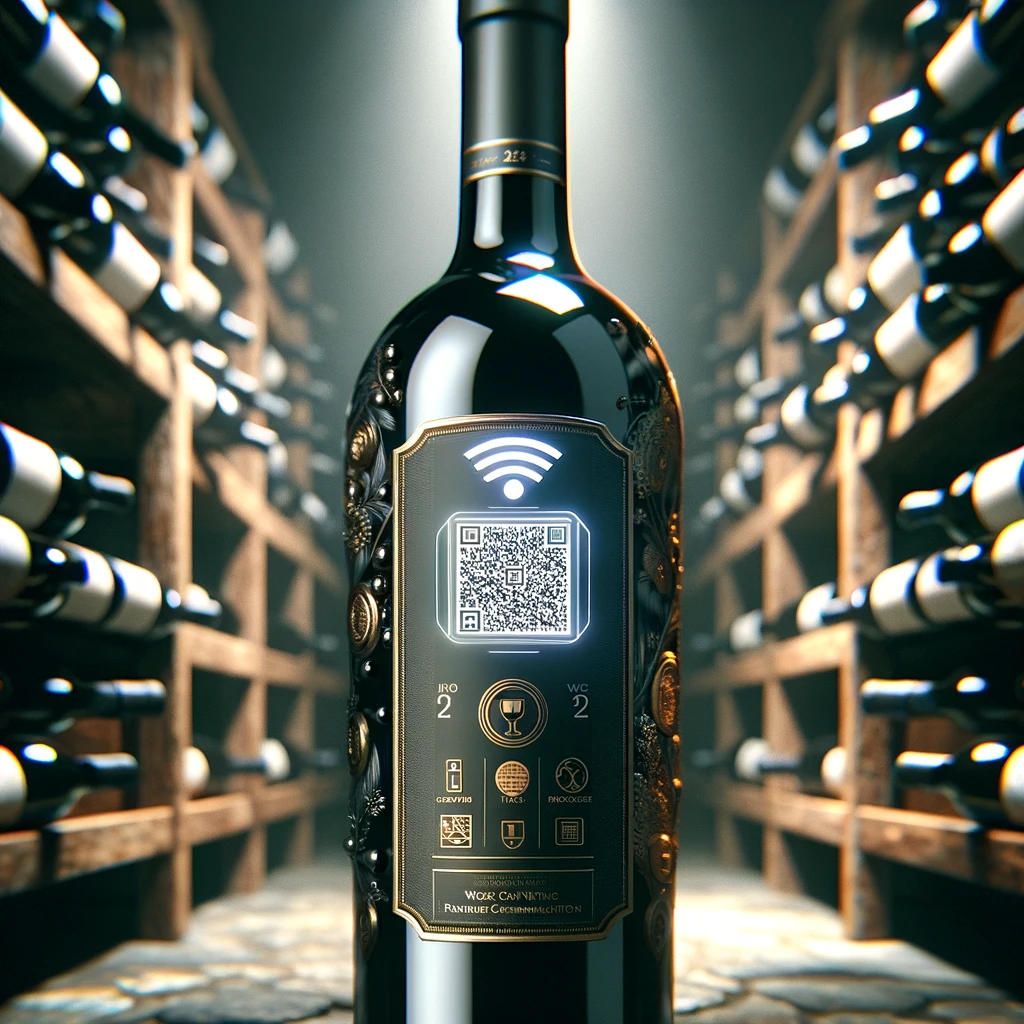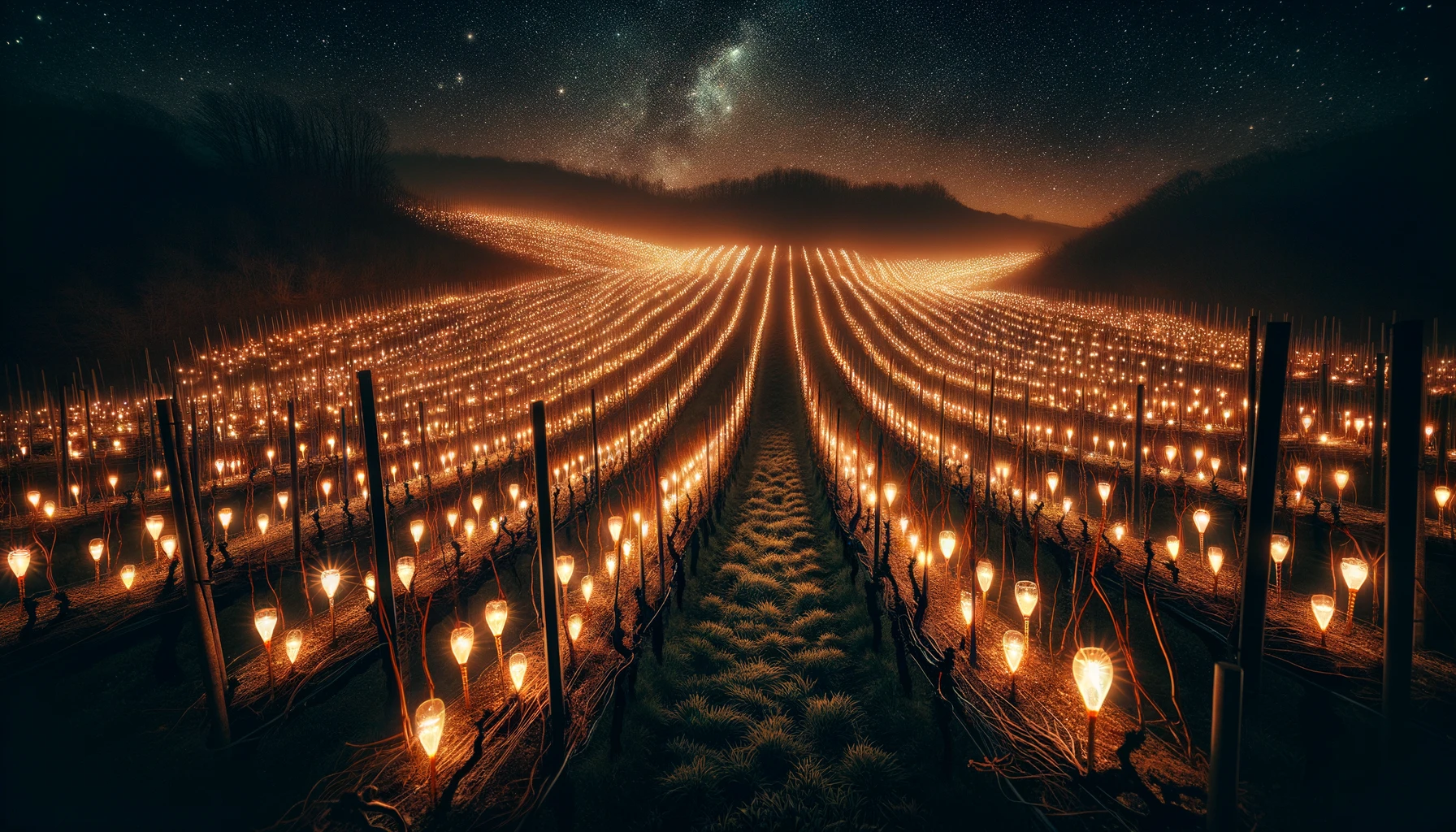The Power of Foresight
Imagine having a crystal ball that reveals the secrets of what lies ahead—a sneak peek into the yet-unwritten pages of time. Much like Marty McFly navigating time in a gleaming DeLorean in Back to the Future II, armed with a futuristic sports almanac, the gift of foresight can be a game-changer, potentially altering the course of destiny in your favor.
This ability to anticipate isn’t limited to Hollywood blockbusters or fantastical time-travel escapades. Think about the stock market or the ascension of tech titans like Apple and Tesla—having insight turns speculation into a certainty. It’s the type of knowledge that can construct empires or, on a more personal level, safeguard the value of your Bitcoin instead of trading it for a slice of pizza. Essentially, being privy to the unfolding narrative can make you wealthy or, in certain instances, even save lives.
Wine and Global Warming
Predicting the future doesn’t always necessitate a crystal ball; at times, the signs are right before our eyes. Take, for example, the undeniable correlation between the wine industry and global warming. As temperatures ascend, it requires no visionary to connect the dots and recognize that some wine-producing regions may encounter challenges in the foreseeable future – in fact, most already do. Even if you’re fortunate enough to reside in a cooler haven, change looms on the horizon, reshaping the viticultural landscape.
So, why embark on this voyage through the crystal ball? Beyond a general fascination with forecasting and a nostalgic affinity for the Back to the Future trilogy, I stumbled upon a thought-provoking research paper. This paper, presented by scientists Dawn Robinson, Cara Aguirre, and Pamela Griffin at a Tourism Research conference, explores the prospects of wine tourism in the mid-century—a gaze directed toward the wine-producing haven that is New York State.
The paper and its approach
Exploring Northern New York through Data and Interviews
This wine producing counties in the north east of the United States might not be your immediate guess, but the authors of the paper went to unveil the intricacies of wine tourism in this evolving region, harnessing a multitude of sources. The researchers delved into existing literature, tracing the interplay between climate change, viticulture, and regional brand allure.
Climate data, economic statistics, and historical anecdotes became our guiding stars, directing the formulation of recommendations for future research. To capture the essence of the region, qualitative interviews were conducted with local wineries, Cornell University, and the New York Grape and Wine Foundation.
Shared Awareness and Climate Data Insights
Having reached out to suitable candidates, five wineries opened their doors to interviews. These conversations unearthed a collective awareness among winemakers and tourism enthusiasts of the impending impacts of climate change. Yet, in the initial phases of strategizing, plans were brewing to confront these challenges and fortify regional brand equity.
Climate data from diverse sources painted a vivid picture of rising temperatures and increased precipitation in Northern New York. The prognosis? A future marked by extended growing seasons and expanded grape-friendly territories, albeit shrouded in heightened disease risks and extreme weather challenges.
Upward Trajectory: Challenges and Adaptations
The narratives woven by local wineries and advocates of tourism unveiled an upward trajectory for wine tourism in Northern New York. The region’s burgeoning reputation as a sanctuary for grape cultivation paints an optimistic picture for the industry. Climate change, an inconspicuous orchestrator, is poised to extend its influence, providing a broader canvas for grape varieties to thrive.
In New York State, the fingerprints of climate change are already evident, manifesting in increased precipitation and erratic weather patterns. These repercussions have rippled into grape production, introducing a medley of weather-induced nuances that harmonize with wine quality. While warmer temperatures and prolonged growing seasons bode well for vineyards, they also usher in new adversaries, chiefly diseases. Wineries, the vigilant stewards of their craft, are adapting with new grape varieties and innovative cultivation techniques.
Current marketing endeavors in Northern New York span a spectrum of strategies, encompassing festival appearances, craft fairs, wine competitions, and social media blitzes. The wineries, playing the role of tasteful impresarios, are diligently elevating awareness and crafting unforgettable visitor experiences.
A Ray of Hope
Climate Change Shadows
You might assume that the looming specter of climate change could cast shadows on wine tourism, with extreme weather conditions deterring tourists. Nevertheless, the paper hints that the innate allure of Northern New York, embodied by attractions such as the majestic St. Lawrence River, may mitigate these effects.
The crystal ball of wine tourism in Northern New York foresees a tapestry woven with both opportunities and challenges. While some wineries anticipate the continued expansion of wine tourism, others voice concerns regarding market limitations and seasonal fluctuations. Diversifying grape varieties and enhancing the educational journey for customers emerge as pivotal strategies for wineries navigating this dynamic landscape.
Strategic Recommendations
Seizing Opportunities
As the thermostat of climate change is adjusted, Northern New York unfurls opportunities for an enlarged grape production according to the researchers. The region’s unique geographical tapestry and its affinity for wine tourism beckon growth. Winemakers, akin to artisans, possess the key to meeting evolving market demands, nurturing expertise, and cultivating new grape varieties, they claim.
Opportunities Unveiled
In that sense, it is interesting to see that the interviews with local wineries shed light on several opportunities within the current wine tourism panorama:
- Elevating year-round seasonal activities to extend the wine tourism season.
- Conducting surveys to decode customer preferences and enhance customer satisfaction.
- Showcasing cold-hardy grape varieties, spotlighting their distinctive characteristics.
Recommendations for Northern New York Wineries
The authors do not stop themselves by sharing the insights of their work; to seize these opportunities and navigate the challenges posed by climate change, wineries in Northern New York are urged to contemplate the following strategic maneuvers:
- Position the region as a unique winery experience, shining a spotlight on cold-hardy grape varieties as the crown jewels.
- Foster collaboration to establish consistent hours of operation, enhance staff training on the region’s rich history and vineyards, and intensify marketing efforts both within and beyond New York State.
- Invest in refining winery information, road signage, social media presence, and website development to amplify tourism and deliver an unparalleled customer experience.
Crafting the Future
In conclusion – and looking beyond its obvious and more hidden limitations such as the publication in 2019, i.e., right before the Covid pandemic that impacted and changed wine tourism significantly as well as its forecasting horizon of 2050 – the research paints a picture of Northern New York’s evolution from a hidden gem to a thriving wine tourism destination that is imbued with stories of innovation in grape production and tourism. Climate change, despite presenting hurdles, unveils avenues for expanding grape cultivation and enhancing the quality of local wines. As the region harmonizes with the cadence of changing climate conditions, collaboration among wineries and investments in marketing endeavors will serve as the linchpin for building and sustaining brand equity. This will propel wine tourism to new pinnacles in this remarkable corner of the state. Northern New York stands poised to script a captivating chapter in the future of the wine industry, offering enthusiasts a journey through unique experiences and the delight of savoring exceptional cold-hardy grape varieties.
In that sense the research paper provides us with actionable insights that could potentially be applied elsewhere around the world in wine regions that face the similar challenges. Knowledge is power, they say.




